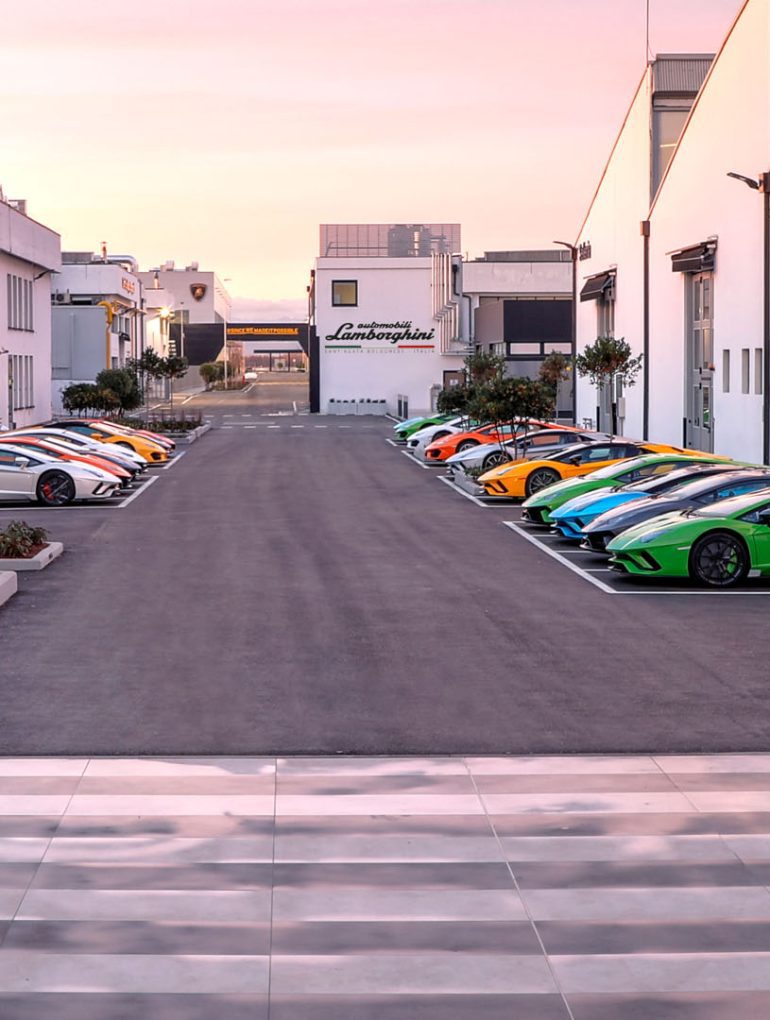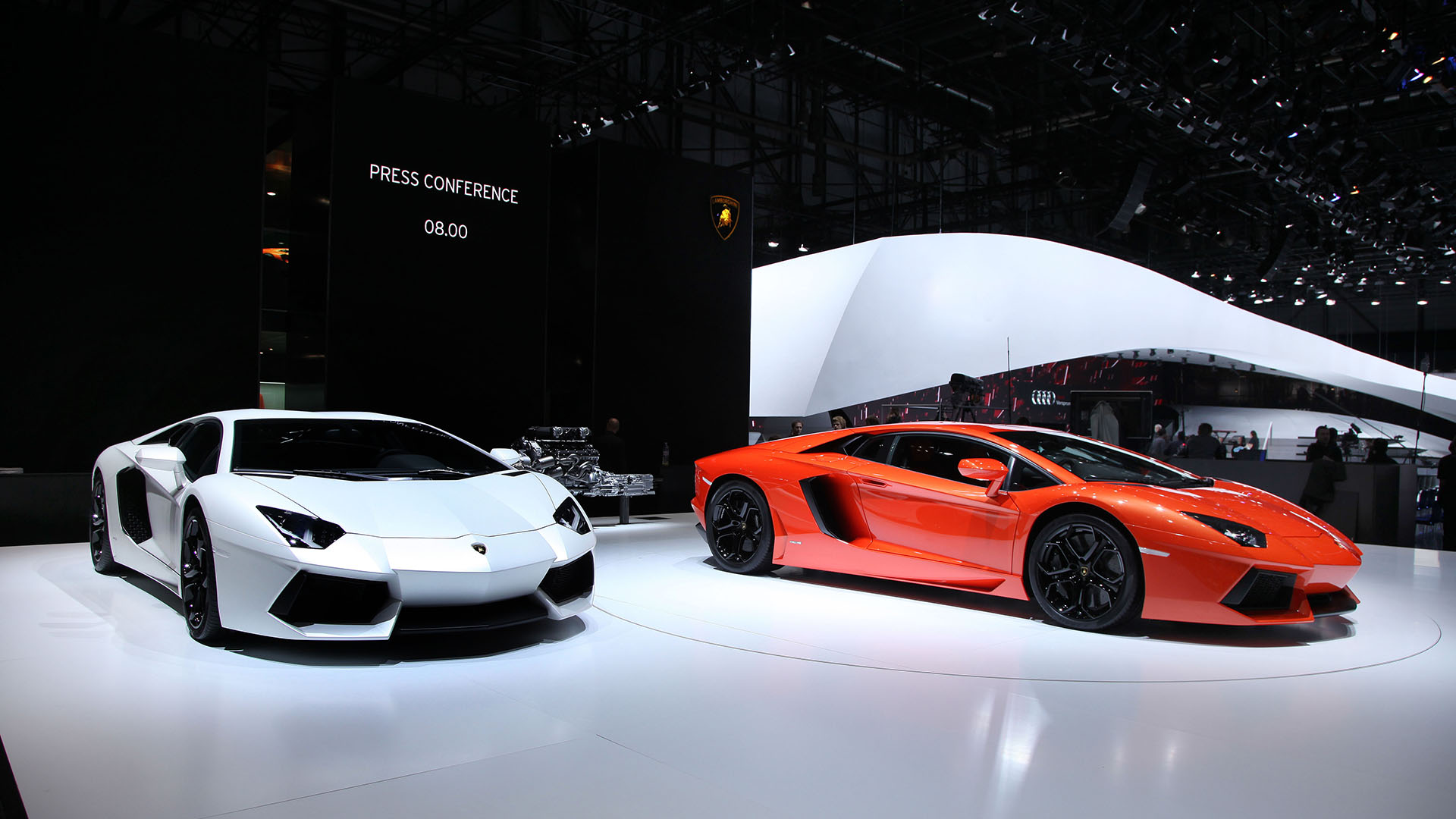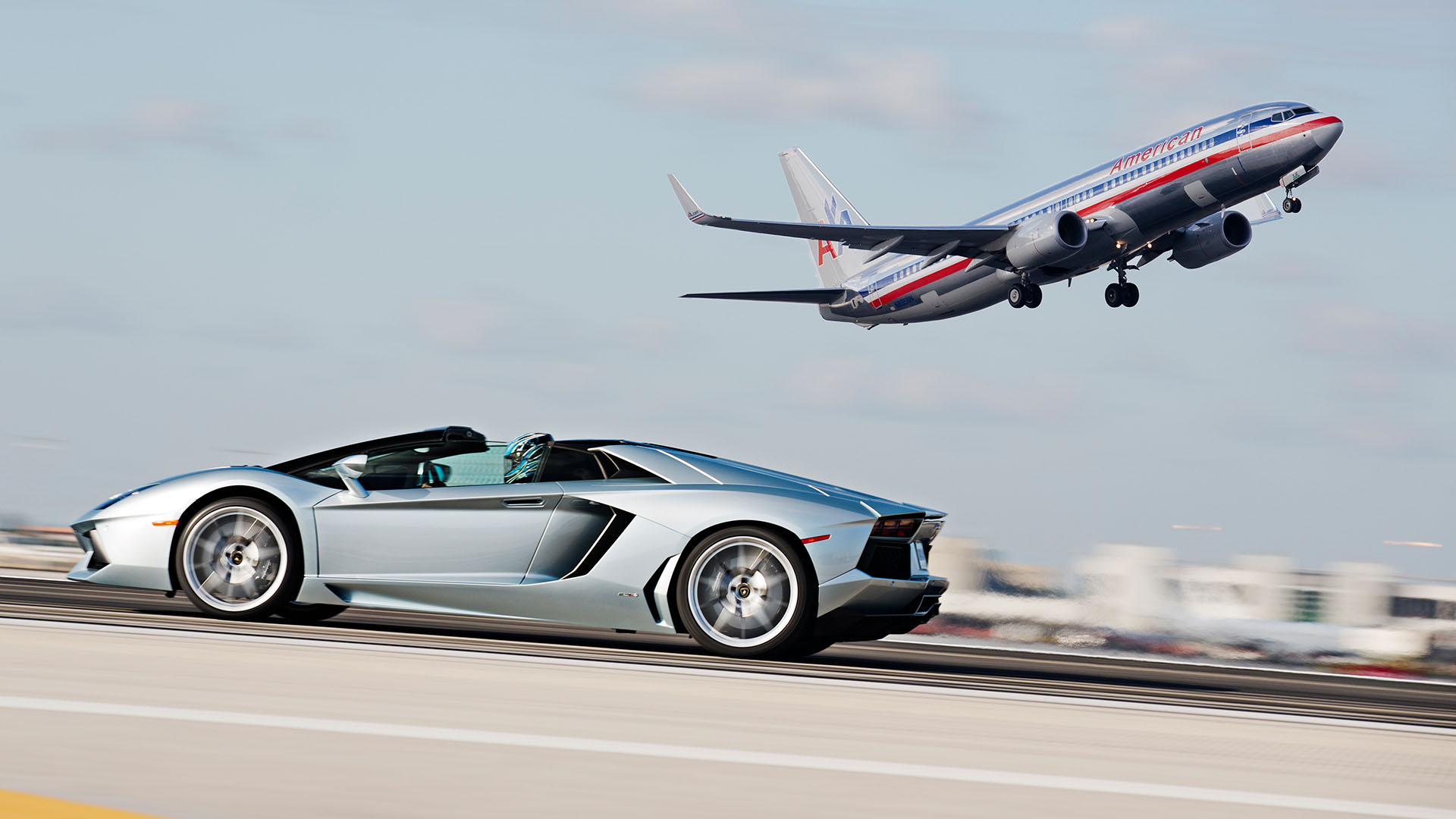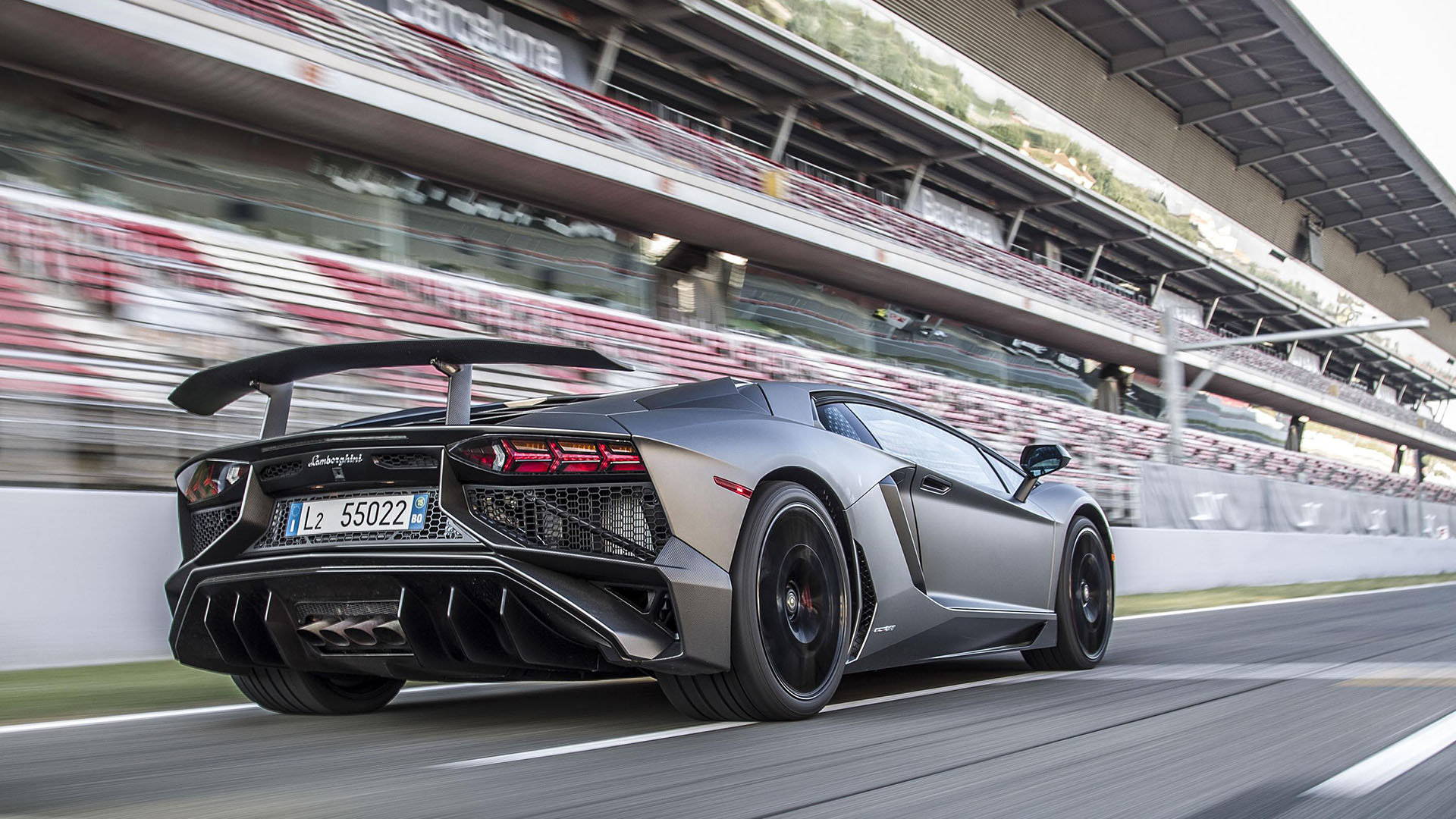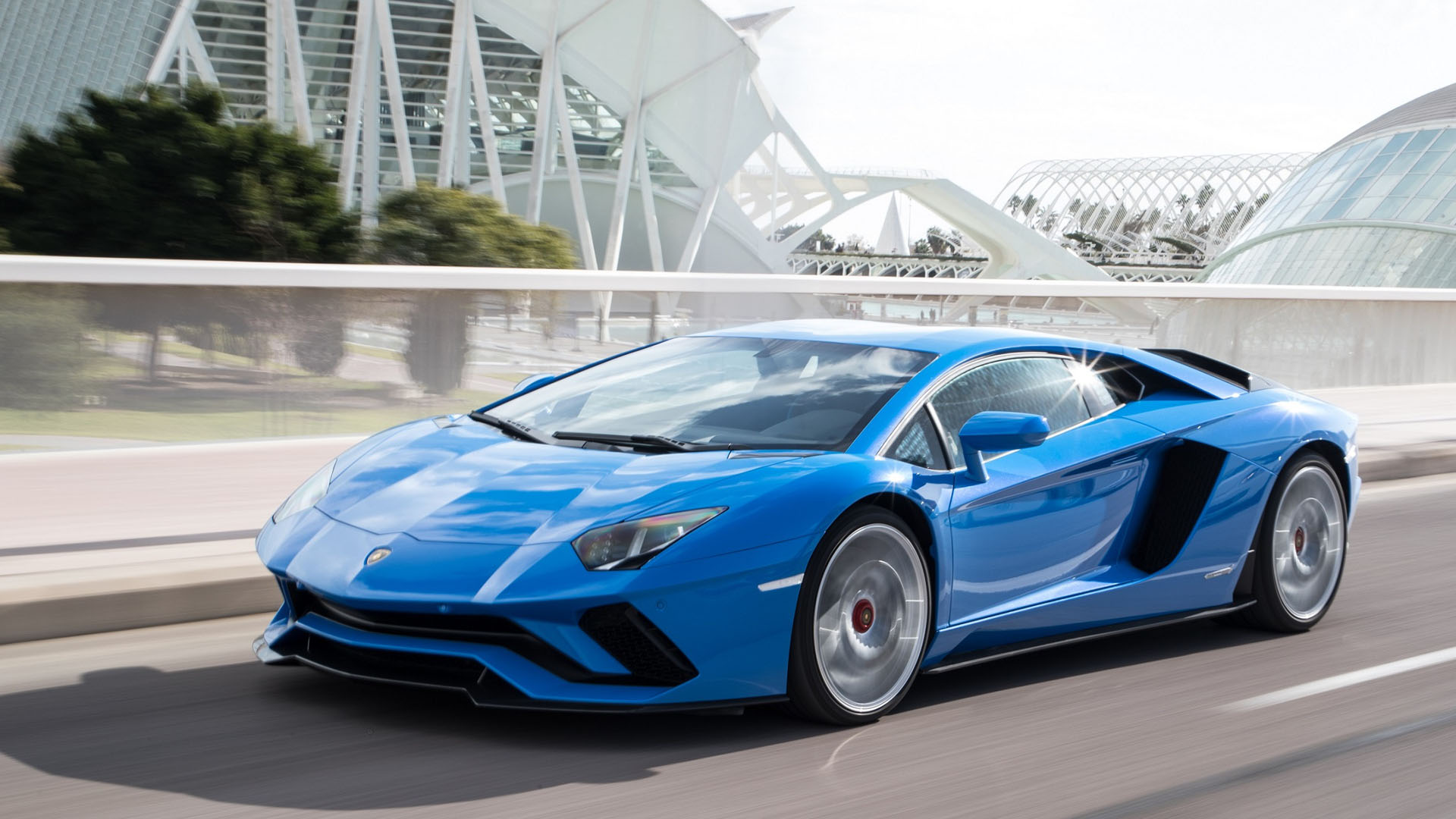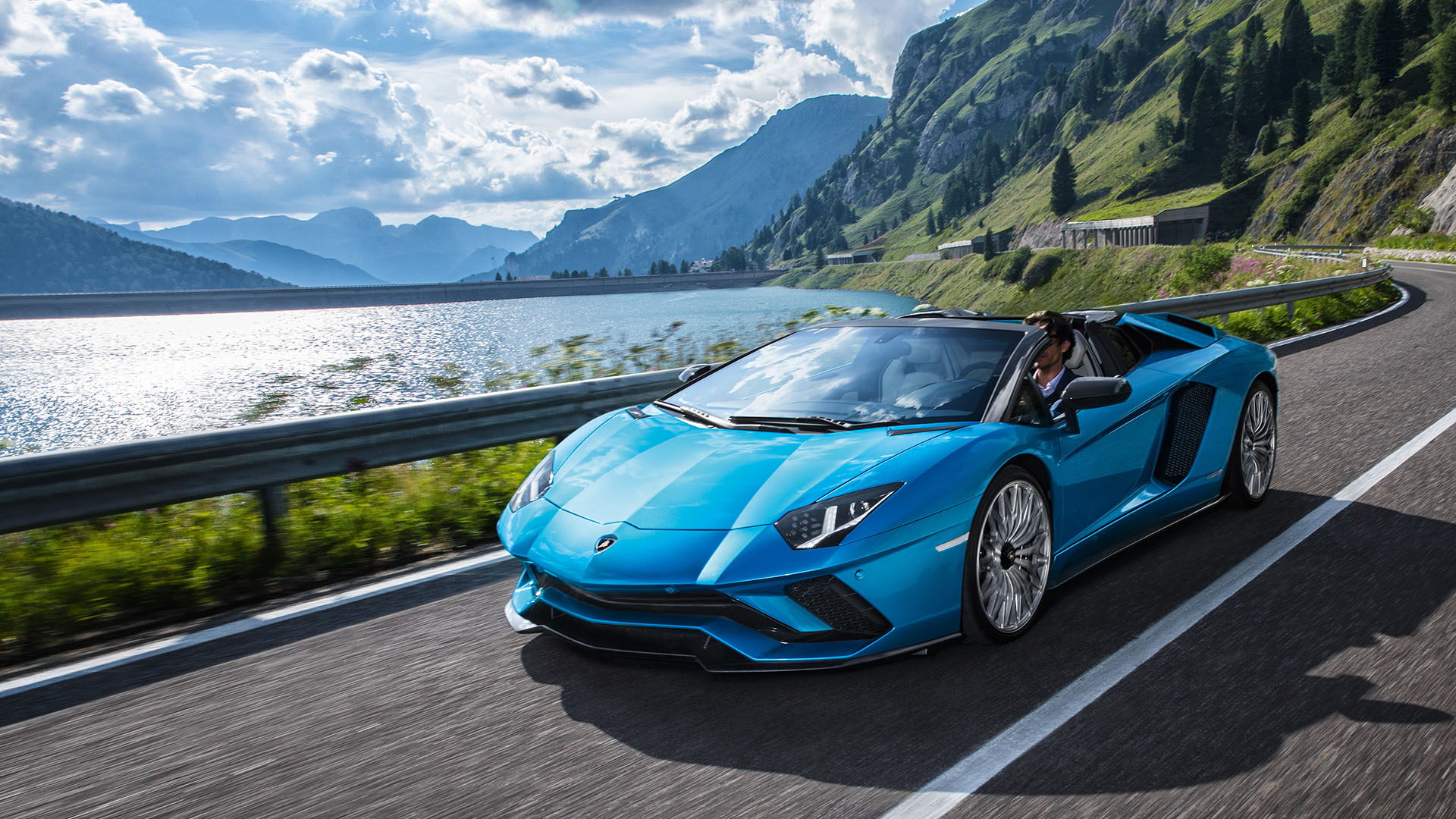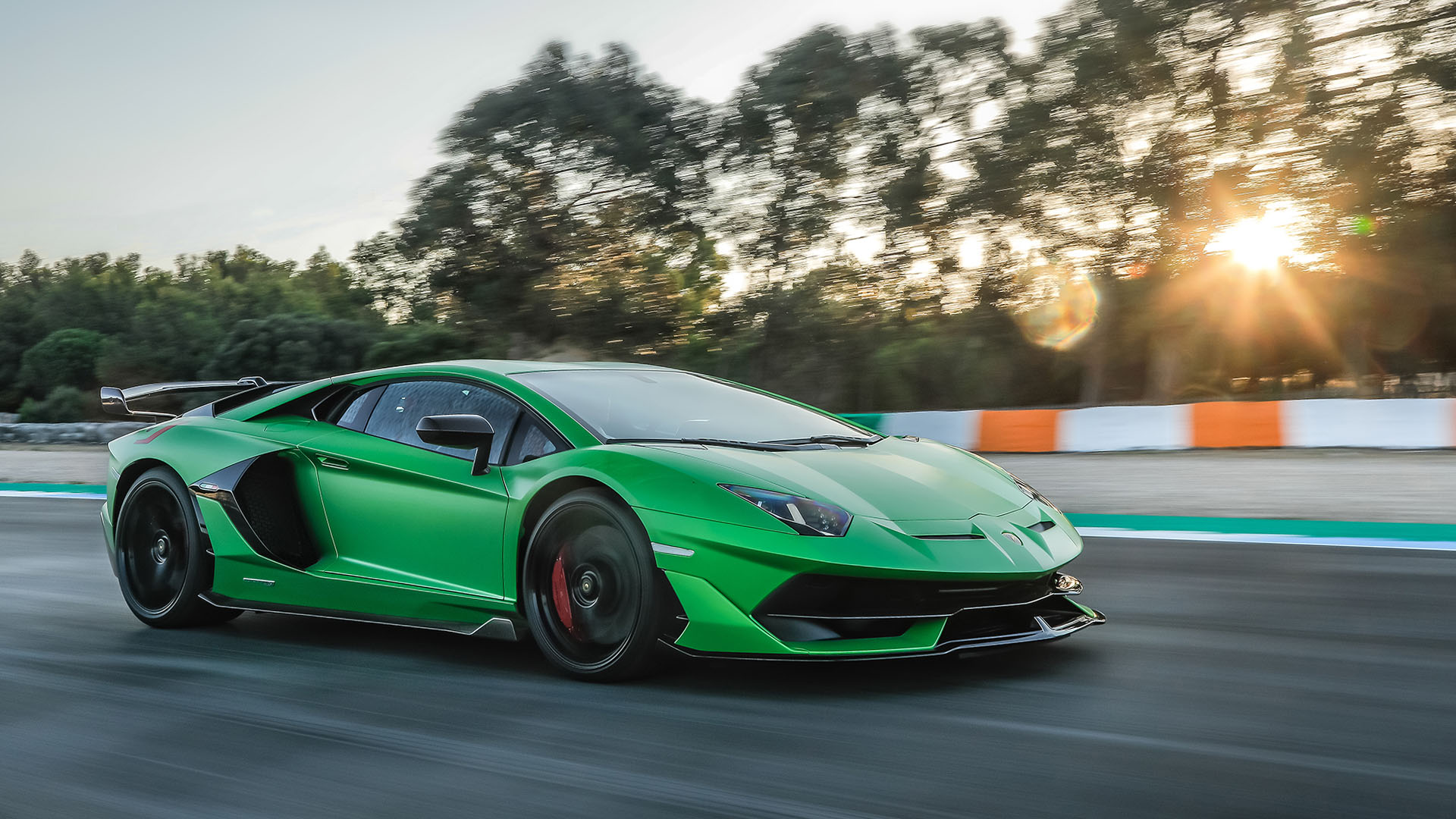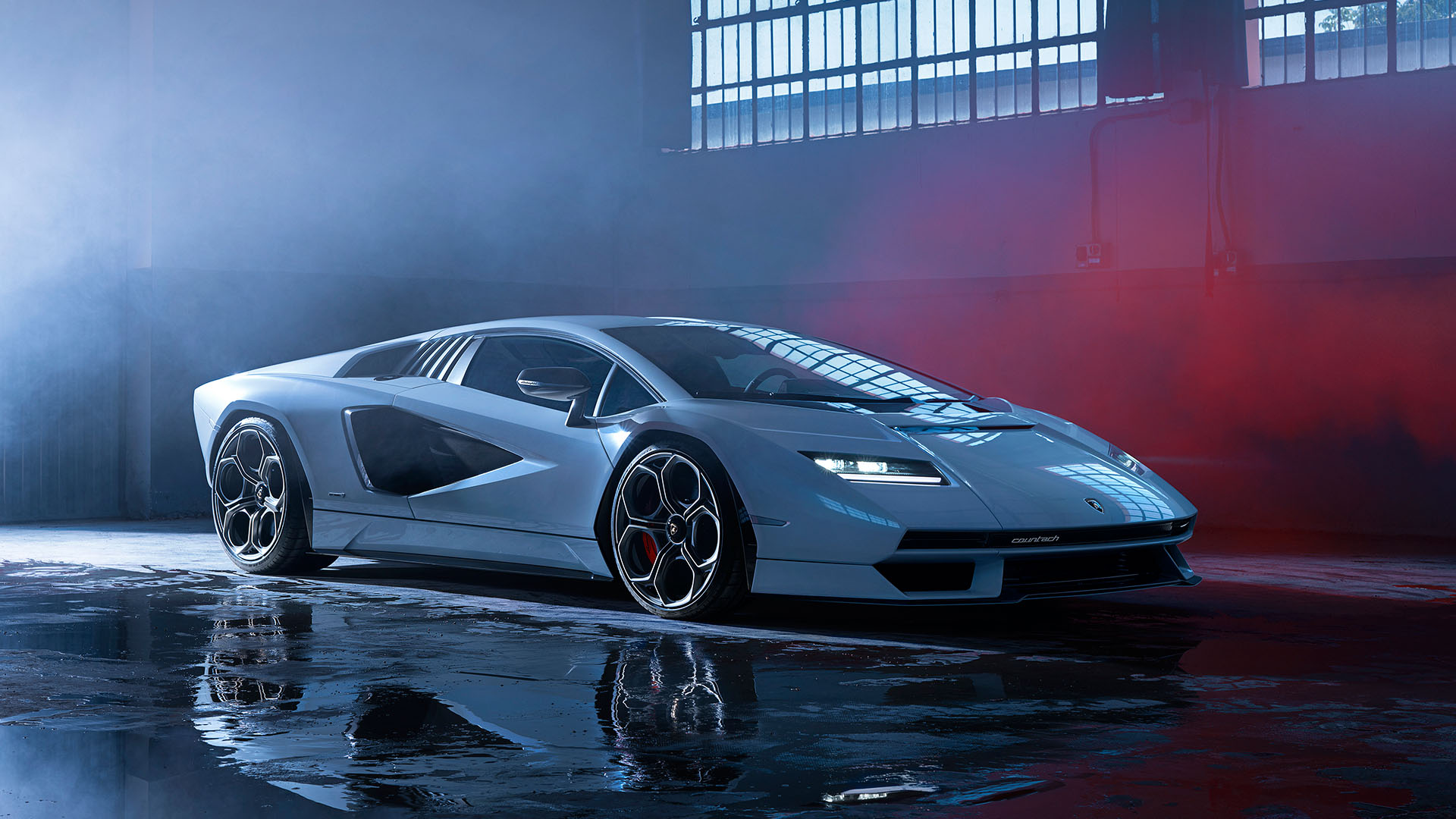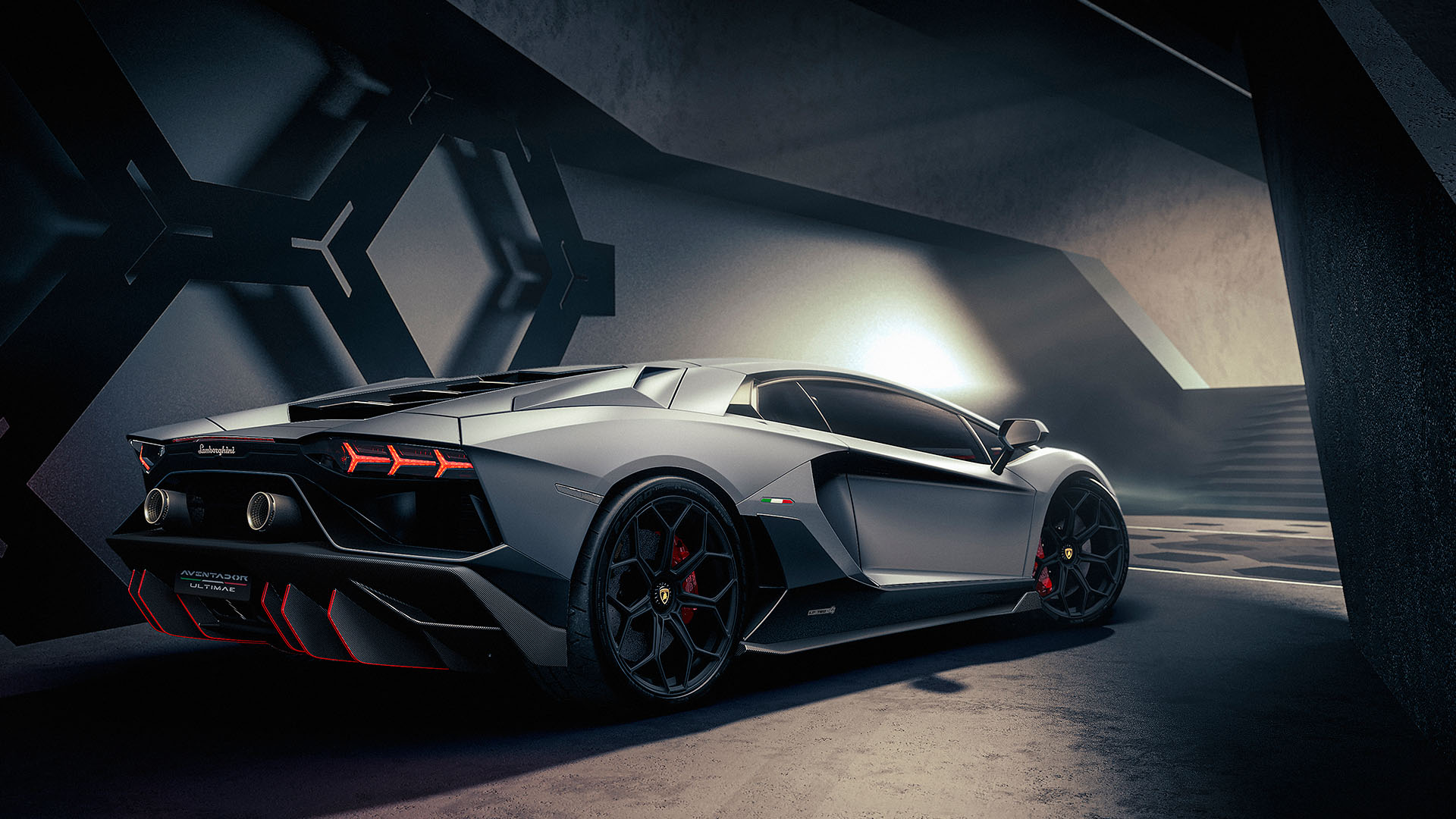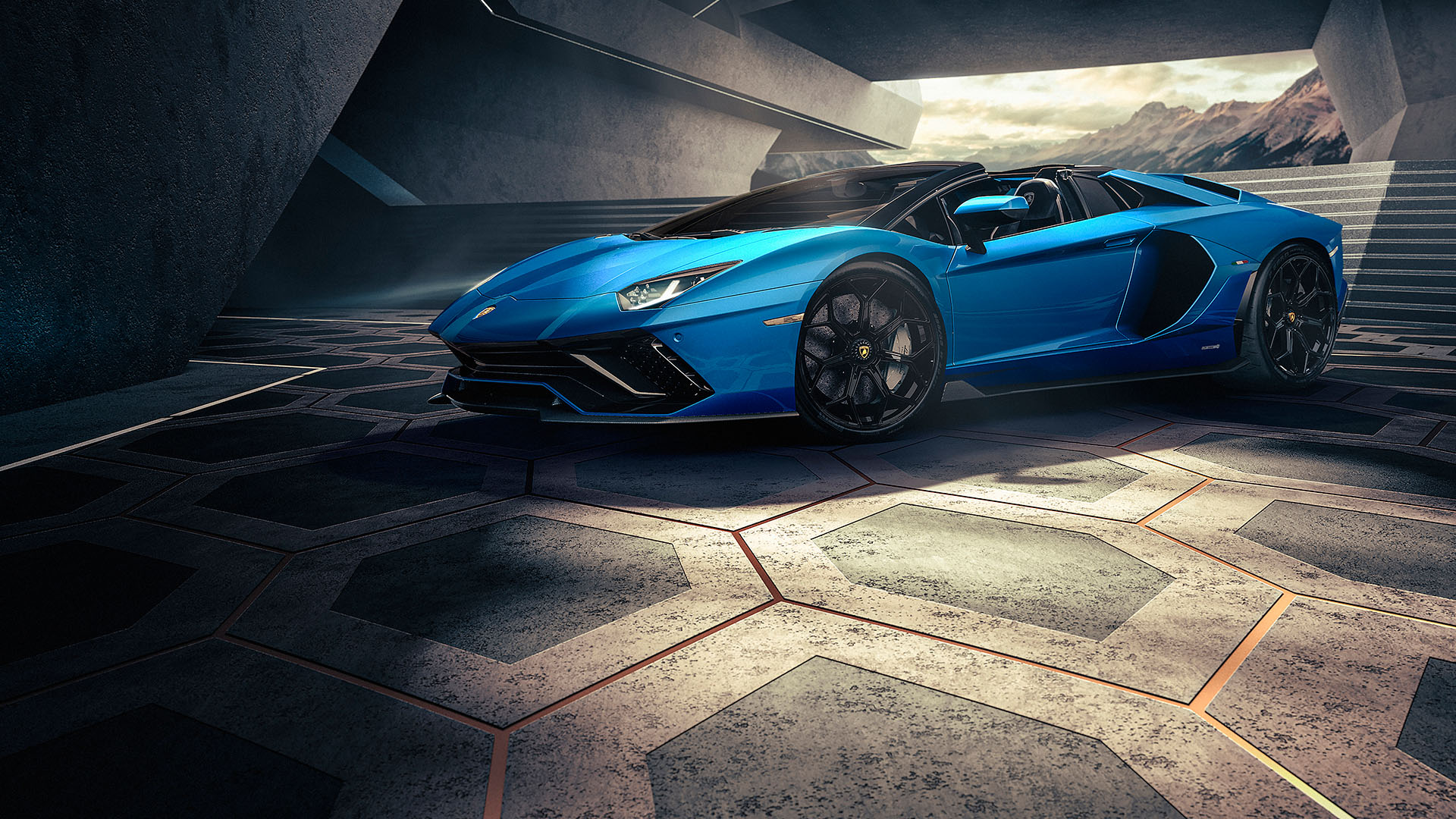The magnificent Lamborghini Aventador has been in production little over a decade by now, and despite being such an ‘old’ car in automotive terms, Automobili Lamborghini SpA has been able to keep evolving the model just enough each time to keep it interesting and to keep sales strong on their V12 flagship model of the 21st century.
The Aventador era officially started in March 2011 at the Geneva Motor Show with the public unveiling of the Aventador LP700-4 as the successor to the Lamborghini Murciélago, a brand new flagship in a new color called Arancio Argos, a bright metallic orange over a two-tone black and orange interior, even today, 10 years later, this is still a popular color combination on the top-of-the-line model from Sant’Agata.
Initial reports stated Lamborghini prepared to build a total of 4,000 units on the new Aventador, in line with the total number of Murciélago produced before, but that number quickly changed when the success of the Aventador went way beyond their expectations, only 15 months after the introduction chassis number 1,000 was already built, the factory at Sant’Agata was now building 4.5 units each day and had form orders for another 1,500 cars, and they hadn’t even introduced the Roadster yet, because in March 2012 center stage at Geneva was taken by the one-off Aventador J, a roofless custom build, a trend Lamborghini would continue throughout the Aventador production life.
In late 2012, at the Los Angeles International Auto Show, Lamborghini unveiled the next logical step in their Aventador line up, the Roadster, this time with two lightweight roof panels instead of the canvas top used on the Murciélago Roadster, and these panels could be stored inside the front luggage compartment of the Aventador Roadster, making her a lot more practical compared to her topless predecessor, still, a manual operation going from closed coupe to open-top roadster, but a massive improvement nonetheless.
Now having both the Aventador LP700-4 Coupe and LP700-4 Roadster in production, orders poured in even faster, and by June 2013 we had already seen 2,000 flagship V12 cars leave the gates at Sant’Agata, and Lamborghini wasn’t slowing down one bit, having a perfect base in the Aventador carbon-fiber tub, they went one step further and started building bespoke models on that chassis, in came the Veneno, a LeMans inspired supercar that did use the Aventador chassis, but other than that came with a completely different body, something that looked like it came straight from the racetrack, only 3 units of the Veneno were sold, an additional 9 units of the Veneno Roadster were available, and the future would show Lamborghini was just starting with these ‘few-off’ models.
It only took four years for the total production of the Lamborghini Aventador to reach that mystical 4,000 units mark mentioned back in 2011, but Lamborghini just commissioned more monocoque molds on top of the eight original ones, each of which would be able to produce up to 500 carbon fiber Aventador ‘tubs’, and they would need them as the Aventador was evolving into the next step, the LP750-4 Superveloce, a brutal looking version of the standard LP700-4 model, now with 750 hp instead of the original 700, and with an aggressive-looking aero package, complete with a tall rear wing, all in clear carbon fiber naturally.
Again available as a coupe and a roadster, the Aventador Superveloce was however a limited production model, to make her even more exclusive only 600 units would be made, and just 500 SV Roadsters, with an MSRP of €327,190 in Europe, $485,874 in the United States and £315,078 in the UK for the coupe version, it still sold out rather quickly, most of these being signed for ahead of the first customer car being delivered in the Summer of 2015.
Five years into the production of the Aventador it was time for the mid-life update, which came in the form of the Aventador S, an updated version of the original LP700-4, Lamborghini didn’t go for the LP designation anymore and just called it the ‘S’, much like we’ve seen earlier on the Miura and Countach evolution, do note that the Aventador S was not a detuned SV, but rather an evolution of the original LP700, with different front and rear bumpers, fixed air intakes on the shoulders and a central exhaust, the Aventador S also introduced rear-wheel steering on the flagship model.
This time the Roadster variant came really quick after the introduction of the Coupe, and it seemed Lamborghini was speeding up the production of ‘specials’ based on the Aventador underpinnings with the introduction of the Centenario, a car to celebrate the 100th birthday of the late Ferruccio Lamborghini, the Centenario was unveiled in Geneva with a clear carbon fiber body, rumored to be a €300,000 option, about the price of a regular Aventador … still, several of the only 20 units of the Centenario coupe were ordered with this option, as did some of the 20 additional Centenario Roadster units that were also built at Sant’Agata.
With the Aventador SV being built already, Lamborghini decided to take their V12 flagship to the next level, with the Aventador SVJ, or Super Veloce Jota, inspired by the stunning Miura Jota and later the Diablo SE30 Jota edition, the new Aventador SVJ was another step above the already impressive SV, again a limited production, 900 units for the coupe and 800 units for the Roadster, the SVJ production is still ongoing at the time of writing … but most of them have been delivered to their clients already, which brings us to the final episode it seems.
Lamborghini took the Aventador chassis to another level by adding a supercapacitor and a 34 hp electric motor when they created the Sián FKP37, a completely different looking car to the regular Aventador that became the first hybrid in Lamborghini’s history, but it wasn’t a production model, yet again Lamborghini created a few-off, this time 63 units on the Sián coupe and another 19 units on the Sián Roadster, the first units of the latter are being built as we speak, and Lamborghini liked the idea of a hybrid so much they decided to do a once over when they introduced the Countach LPI800-4, an homage to the supercar from the Eighties, but again a limited run on only 112 units.
But there is a problem, Lamborghini is developing the Aventador successor, and have been for a while now I guess, the new car should be introduced in late 2022 or early 2023, but that leaves some time before customers will be able to receive the new flagship, which as we understand will retain the V12 engine, albeit a completely new design, with additional electric motors making it the first Lamborghini hybrid production model … so how can we keep the factory working until the new car is ready?
Lamborghini decided to make one last run of special Aventador models, called the Ultimae for being the ultimate model in the line, taking the Aventador S and adding some of the SVJ parts, but leaving the entire ALA, Active Lamborghini Aerodynamics, behind, to create the best Aventador yet for those that aren’t looking for a hardcore track-inspired model like the SV and SVJ.
Yet again the Aventador Ultimae is a limited production model, in total 350 coupes and 250 Roadster of this 770 hp masterpiece will be built, and you’ve guessed it, they are sold out already, which means the Aventador era is over, after a little over ten years of being built at the famous ‘Linea Aventador’ in Sant’Agata, the final curtain is ready to come down, production of the remaining orders will continue well into 2022, but chances are that by the time the factory goes on its annual holiday in August 2022, the Linea Aventador will be converted into the Linea … who knows, there isn’t any information on the name for the successor yet, let alone the styling.
Lamborghini has kept their Aventador successor a secret so far, all we know is that it will come with a newly developed V12 engine and be a hybrid, that’s it for now. With all of the 600 Aventador Ultimae being spoken for today, you are no longer able to order a new Aventador at a dealer, the Lamborghini ordering system has stopped accepting V12 orders, you might be able to locate a car in stock or inbound at a dealer, perhaps even be able to change some options on a car a dealer has on order, but orders have been shut down on her majesty the Aventador.
Back in September 2020, the 10,000th Aventador was already built, an SVJ Roadster, and with about 1,000 units of the V12 built per year it is safe to say we might be looking at a total of about 12,000 units in the entire Aventador range being built by the time production is halted and a replacement comes up, a fun fact is that this number is larger than all of the previous V12 models in Lamborghini’s history combined together, even the Murciélago saw only 4,099 units over her production span.


